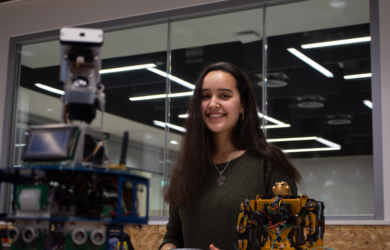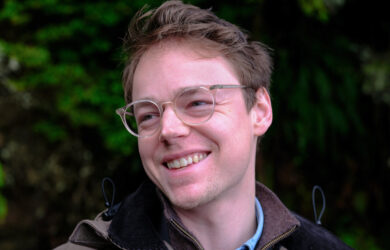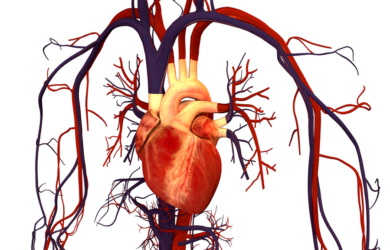
New techniques that contribute to humans' ability to create complex synthetic matter have been developed by scientists at the University of Cambridge.
New techniques that contribute to humans’ ability to create complex synthetic matter have been developed by scientists at the University of Cambridge.
Research on these new techniques, led by Derrick Roberts [2012] and based on his PhD research which focuses on ways to synthetically emulate the building blocks of life in order to engineer new materials for applications in nanotechnology, is published in the current edition of the Journal of the American Chemical Society.
Derrick, who is undertaking a PhD in Chemistry under the supervision of Dr Jonathan Nitschke, says: “Nature relies on the hierarchical self-assembly of atoms and molecules to produce the exquisite biological machinery that underpins life as we know it: peptide chains fold up into highly complex proteins, single-stranded DNA associates to form the well-known double helix, and lipids self-organise into the membranes that define the boundaries of cells. A central focus of our research is to employ the principles of molecular self-assembly to control how molecules can interact with each other to make larger assemblies to the order of several nanometers.
“Deciphering the rules that govern self-assembly will shape the future of chemical synthesis, allowing chemists to produce highly complex molecular architectures with little synthetic effort (ideally, the architectures build themselves). If designed carefully, these architectures will exhibit properties useful to drug delivery, solar energy conversion, nanoelectronics, pollutant sensing and chemical hazard mitigation.”
In most self-assembling systems, the final product is typically the most energetically stable structure. In some instances, however, the most stable structure is not the desired outcome; instead, one might wish to target an unusual, less-stable structure as it may have interesting properties for one of the aforementioned applications. Derrick’s research examines methods for trapping a self-assembling system at a less stable structure.
Derrick states: “Our study proposes a powerful concept for controlling the outcome of a self-assembly reaction by circumventing the natural energetic preferences of the self-assembling system. As such, these techniques contribute to the growing synthetic “toolbox”, which continues to offer ever more powerful means of building nanotechnology through molecular self-assembly.”
Picture credit: www.freedigitalphotos.net. and dream designs.












